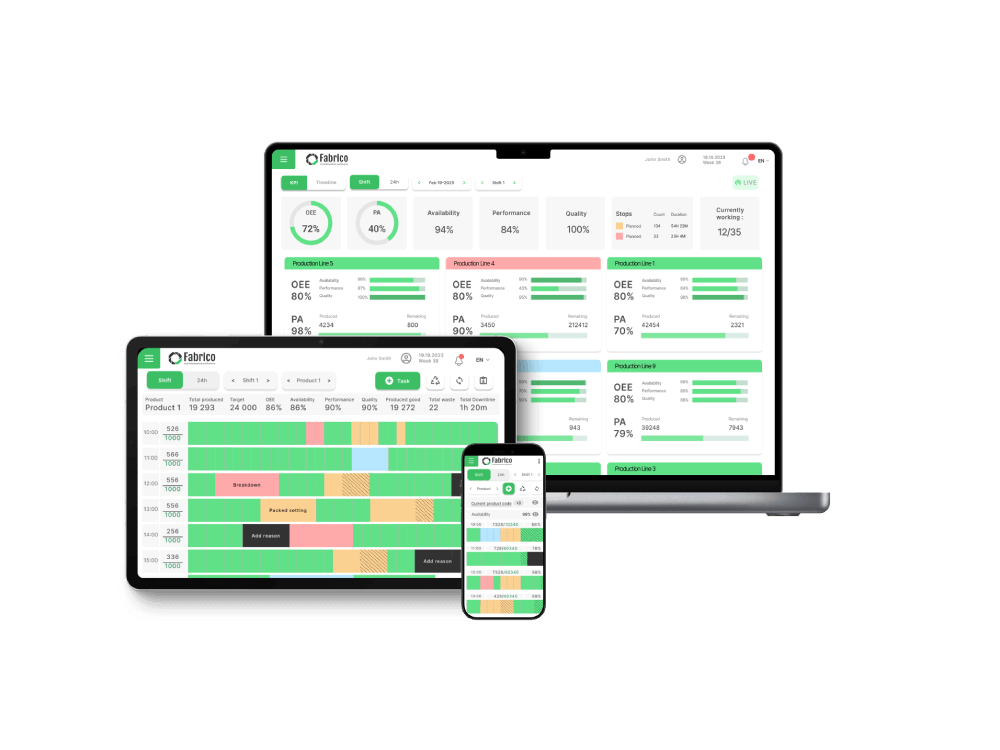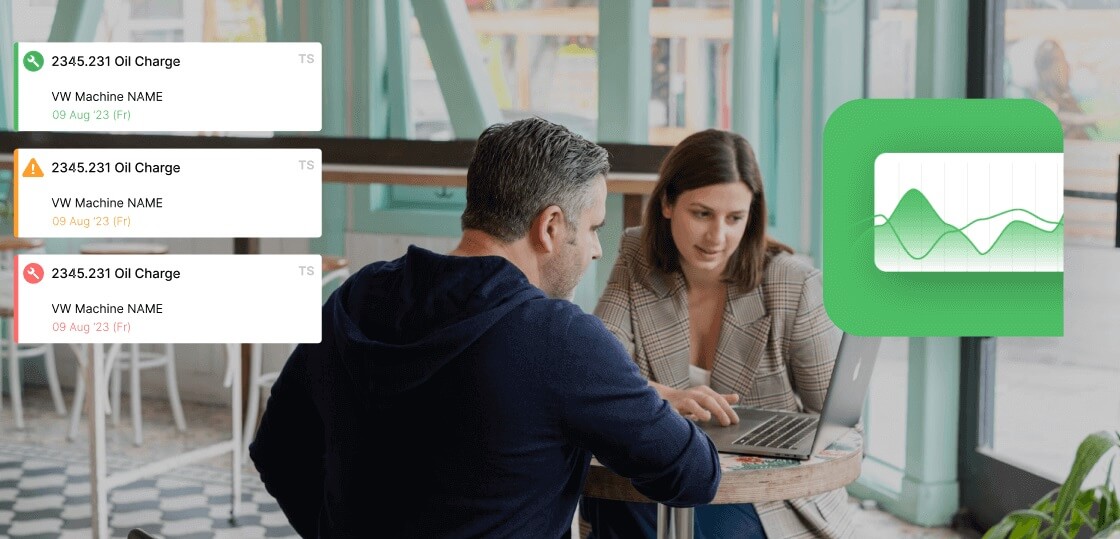Key Takeaways
-
OEE is the single most effective Key Performance Indicator (KPI) for measuring and improving manufacturing efficiency.
-
The best way to structure your performance management is with a KPI Tree: OEE is the top-level Diagnostic KPI, and its components (Availability, Performance, Quality) are the next level down.
-
To get a complete picture, you must also track Response KPIs (like MTTR, MTBF, PM Compliance) that measure the effectiveness of your maintenance actions. A true solution lets you see both in one place.







